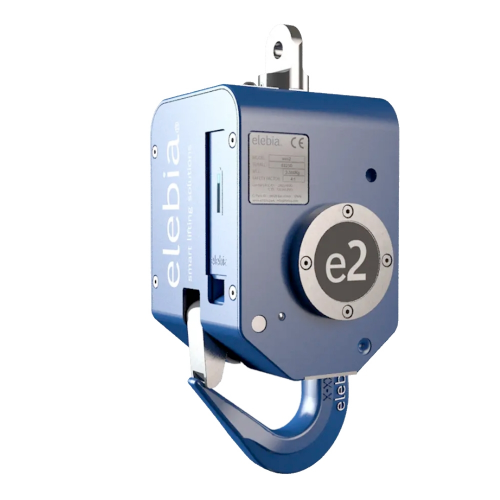Lifting operations play a crucial role in various industries, from construction to manufacturing and logistics. In these operations, safety and efficiency are paramount. One innovative solution that has revolutionized lifting processes is automatic hooks. In this blog post, we’ll delve into the world of automatic hooks, understanding their functionality, and exploring the myriad benefits they offer in improving safety, efficiency, and flexibility in lifting operations.
Understanding Automatic Hooks
Automatic hooks, also known as electronic hooks, are sophisticated lifting devices equipped with advanced electronic features. These features include load sensors, automatic locking mechanisms, and remote control operation. At their core, automatic hooks are designed to simplify and enhance lifting operations by eliminating the need for manual intervention and reducing the risk of accidents.
Advantages of Automatic Hooks
- Increased Safety: One of the most significant advantages of automatic hooks is their ability to enhance safety. By eliminating manual intervention during lifting operations, automatic hooks reduce the risk of accidents caused by human error.
- Improved Efficiency: Automatic hooks streamline lifting processes, making them faster and more efficient. Features such as automatic release and remote control operation enable operators to load and unload materials quickly and easily, saving valuable time and effort.
- Enhanced Flexibility: Automatic hooks are highly adaptable to various lifting scenarios, including confined spaces, uneven terrain, and hazardous environments. They can be easily adjusted to accommodate different load sizes, shapes, and weights, making them versatile for a wide range of applications.
Practical Applications of Automatic Hooks
Automatic hooks find applications across a wide range of industries and lifting operations. In construction, they are used for lifting heavy materials and equipment, while in manufacturing, they streamline production processes by efficiently moving goods within the facility. In logistics, automatic hooks facilitate the loading and unloading of cargo, improving efficiency and reducing turnaround times.
Factors to Consider When Choosing Automatic Hooks
When selecting automatic hooks for a particular application, several factors must be taken into account. These include load capacity, environmental factors such as temperature and humidity, and integration with existing systems. It’s essential to choose automatic hooks that are suited to the specific needs and requirements of the lifting operation.
Future Trends and Innovations
The future of automatic hooks looks promising, with ongoing advancements in technology and innovation. Integration with Industry 4.0 systems is expected to further enhance the capabilities of automatic hooks, enabling seamless communication and coordination with other smart devices and systems. Additionally, advancements in data monitoring capabilities will provide operators with valuable insights to optimize lifting processes further.
Takeaway
Automatic hooks represent a significant advancement in lifting technology, offering unparalleled safety, efficiency, and flexibility in lifting operations. By eliminating manual intervention, streamlining processes, and adapting to various lifting scenarios, automatic hooks are reshaping the way we approach lifting operations. As we look to the future, continued innovation and integration with emerging technologies will further enhance the capabilities of automatic hooks, driving greater efficiency and productivity across industries.

